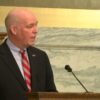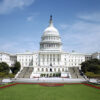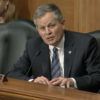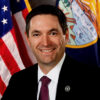Senate Democrats Strategize $79M Advertising Blitz
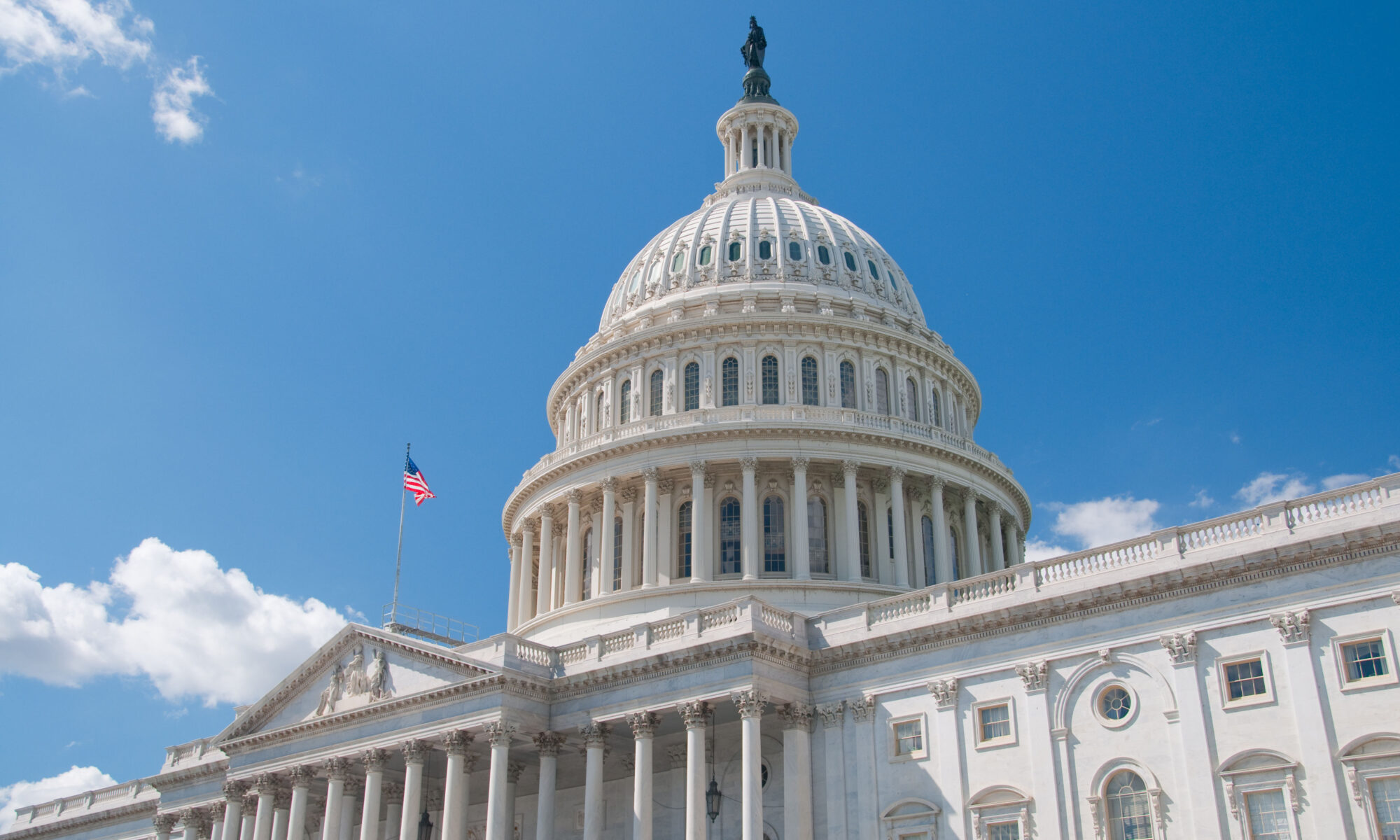
The Democratic Senatorial Campaign Committee (DSCC) is gearing up for a significant advertising push, allocating a staggering $79 million to secure the party’s majority in the upcoming November elections. This initiative is part of a broader strategy alongside spending from the Senate Majority super PAC and individual candidates.
The DSCC’s plan encompasses TV, radio, and digital ads across nine states, reflecting the pivotal nature of the Senate races across the country. With the party’s 51-seat majority hanging in the balance, the committee aims to coordinate ad buys with candidates while also making independent expenditures.
Christie Roberts, the DSCC’s executive director, emphasized the importance of effectively communicating with voters to safeguard the Democratic Senate majority. She pointed out flaws in Republican candidates and their policy positions, underscoring the necessity of informing voters about these issues.
The substantial investment by the DSCC, more than double the previous cycle’s spending, underscores the competitiveness of various Senate races and signals further expenditure later in the year. With Sen. Joe Manchin’s retirement likely conceding a seat to the GOP, Democrats are focusing on retaining their other incumbents, including in challenging states like Montana and Ohio.
Key battleground states such as Michigan, Wisconsin, and Pennsylvania are receiving significant attention, with multimillion-dollar ad campaigns aimed at supporting Democratic candidates. These states feature tough contests against well-funded GOP opponents, necessitating robust advertising efforts.
In addition to traditional media, the DSCC plans substantial digital ad spending in several states, targeting both key Senate races and prominent Republican figures like Senators Ted Cruz and Rick Scott. The evolving landscape of political campaigns emphasizes the importance of voter turnout and coordinated ad buys, driving party committees to invest in these strategies.
While super PACs also play a significant role in ad spending, candidates themselves benefit from the best advertising rates. Both Democrats and Republicans have reported substantial fundraising totals, indicating the intensity of the Senate battle.
Overall, the 2024 Senate campaign is poised to be the costliest ever, with the DSCC prepared to adjust its spending and expand advertising efforts as the electoral landscape evolves.


